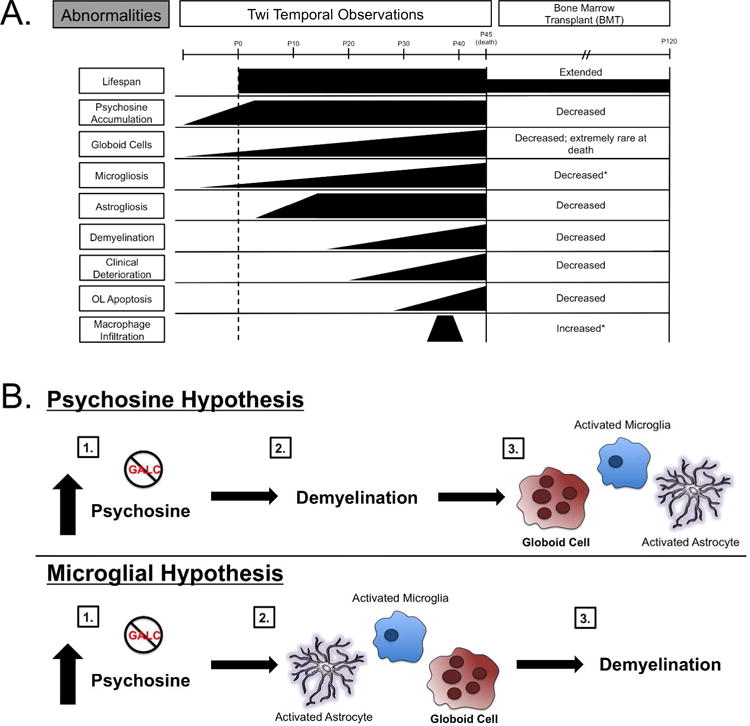Figure 1. Temporal Comparisons of GLD Abnormalities in Twitcher Mice and the Microglial Hypothesis.

A. Bone marrow transplant of wild type mice into twitcher mice resulted in an extended lifespan to about P120 compared to average twitcher death of P45, a decrease in overall psychosine accumulation, a decrease in globoid cells, a decrease in demyelination, and an increase in macrophage infiltration (Hoogerbrugge et al. 1988a). * indicates unknown activation state. B. The psychosine hypothesis postulates that psychosine accumulation kills oligodendrocytes leading to demyelination and eventual inflammation, such as globoid cell formation, activated microglia, and activated astrocytes. The microglial hypothesis postulates that psychosine accumulation leads to activated astrocytes, microglia, and globoid cell formation, which then induces demyelination.
